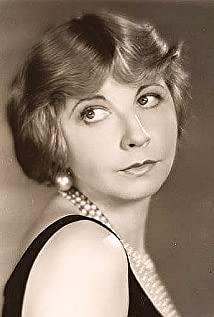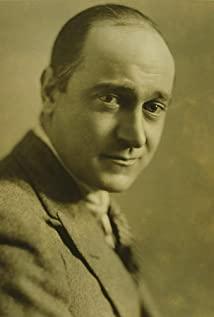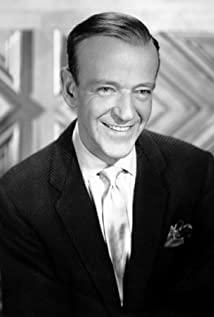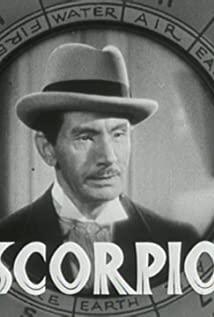The protagonist Fred Astaire has his own unique views on the shooting of dance. He has always believed that the camera must follow the dancers throughout, without editing, so that the dance itself can be represented in the most comprehensive and true manner. Therefore, watching the movie starring him, you will find that there are so many scenes without changing the angle in one go. The filming method of this song and dance film was later inherited by "Furong in the Water" and "Song in the Rain".
In this movie, my favorite dance is probably the foxtrot "Cheek to Cheek" performed by the hero and heroine. Whether it’s choreography or filming, even if it’s included in today’s dance competitions, this dance can still be said to be second to none.
In that dance, Fred Astaire's movements are chic and smooth, while Rogers combines elegance and femininity. Their dazzling multi-week rotation pushes the plot to a climax.
I have watched a lot of modern dance competitions, but there has never been a slow four surpassing it-this movie was shot in 1935.
Finally, let's talk about the epoch-making significance of this movie. It was filmed after the Great Depression in 1929-1932, and in many respects it bears the mark of that era. After the crisis has passed, people are working hard to find new directions in life and new ways of entertainment. Therefore, new-style musicals came into being.
"Top Hat" established the status of musicals in the history of film, and separated the old musicals from the new ones. The so-called new-style song and dance film not only shows the song and dance itself, but also adds a lot of storylines, making the whole movie more enjoyable and entertaining. Compared with the "Song in the Rain" and other films a few years later, the plot of "Top Hat" is slightly simpler, but as the first masterpiece of a new-style musical, it is obviously epoch-making.
Audiences full of infinite love for musicals, this movie is obviously a must-see series.
View more about Top Hat reviews











